Dynamic response of hyperbolic paraboloid membrane structures under wind loading
Please login to view abstract download link
This study presents a methodology for analyzing membrane structures under wind loads, covering the process from generating double-curved geometries to selecting key parameters for computational fluid dynamics (CFD) simulations and mapping aerodynamic loads. A Hyperbolic-Parabolic (Hypar) shape is chosen as the reference geometry to explore the challenges and considerations involved in the study. Due to technological advancements, fabrics that support higher tensile forces enable the creation of larger and more complex membrane structures. However, for constructions without detailed aerodynamic studies, the structural codes are frequently used as the main approach, leading to less accurate pressure distribution approximations [1]. The CFD study analyzes the aerodynamic behavior of these structures, considering different wind directions and aspect ratios of the membrane. A key aspect is the development and validation of a turbulent wind field to ensure realistic simulation conditions. The aerodynamic forces acting on the structure will be assessed, aiming to determine how wind loading influences the structural response , as well as the impact of different prestresses on the CFD results. To investigate the dynamic response of tensile structures, one-way and two-way coupling strategies are explored to determine in which scenarios the accuracy one-way coupling is sufficient. Using CFD results as input for structural simulations allows evaluating how pre-stress conditions influence structural displacements and stability. This study aims to enhance the understanding of wind-structure interactions in lightweight tensile systems and make contributions to improve design and analysis methodologies for membrane structures under aerodynamic loads.

